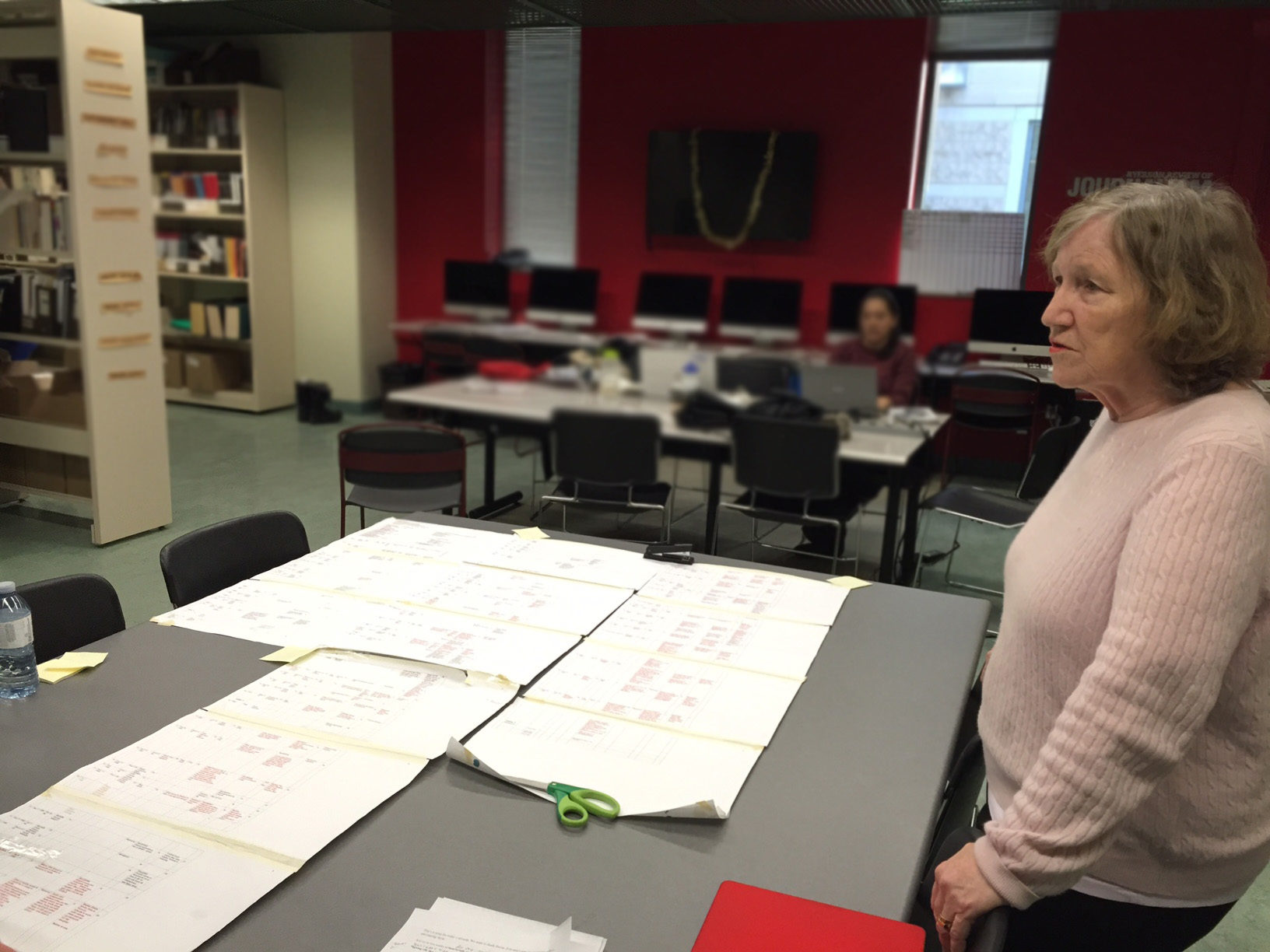As the RRJ podcast crew got ready for this week’s episode on indigenous reporting in Canada, we knew it was impossible to talk about indigenous coverage without commenting on the largest serial killer investigation in Canadian history.
Robert Pickton, a pig farmer from Port Coquitlam, Vancouver, had been raping and killing women, mostly from the downtown Eastside of Vancouver, since as early as 1991. Even though he was on the radar of the Vancouver Police Department for several years, he was finally arrested in 2002 on a firearms warrant. While they raided his farm and house, police found DNA of over 33 women on his farm–their personal belongings, medication, blood, hair and bones.
Pickton was convicted in 2007 on six counts of second degree murder in the deaths of Andrea Joesbury, Marnie Frey, Mona Wilson, Georgina Faith Papin, Sereena Abotsway and Brenda Ann Wolfe. He was sentenced to life imprisonment without parole for 25 years. The Crown stayed 20 other first-degree murder charges against him in 2010, leaving dozens of the victims’ families with no justice. Pickton confessed to killing 49 women.
After publishing her first book in 2002 titled The Pickton File, Stevie Cameron published On the Farm: Robert William Pickton and the Tragic Story of Vancouver’s Missing Women in 2010, a 768-page book on the lives of Pickton and his victims and the sensational trial. In 2011, Cameron won the Arthur Ellis Award for best non-fiction crime book.
In our upcoming podcast, Cameron says the case was one of the greatest moments of her career, and it played a major role in the disappearances and murders of women on the Downtown Eastside as well as the Missing Women Commission of Inquiry.
Cameron commented on a significant misconception perpetuated by the coverage of the Pickton case. Many journalists inaccurately framed it as a missing and murdered indigenous women’s issue. “The vast majority of [Pickton’s] victims were white,” Cameron says. “Then [indigenous], black or mixed.”
A possible reason for the misconception, according to Cameron, could be journalists basing their coverage solely on the convictions against Pickton: of the six women whose deaths he was charged with, four of them were indigenous. In addition, of the 33 women whose DNA was found on the farm, 12 were aboriginal.
To help keep track of all the women potentially linked to Pickton, Cameron created a chart with all information on each victim–and for many, their untimely deaths. The chart took Cameron eight years to create– her lifeline to the case.
[doptg id=”15″]Cameron’s chart, which included 71 potential victims (and four Jane Does) showed that 42 women were white, 14 were indigenous, one was black and one was multiracial (Mexican, black, and Aboriginal). The ethnicity of every women listed on the chart is not known.
To hear more about Stevie Cameron’s experience on Pickton case, her time with the victims’ families and what she learned spending time at the Downtown Eastside, tune in to Offleash podcast, airing today at 3:33 p.m.
About the author
Eternity Martis is the Spring 2016 multimedia editor at the RRJ. She currently writes for the Huffington Post and Vice Canada. Her work has also been featured on Canadaland, xoJane, and Salon.

